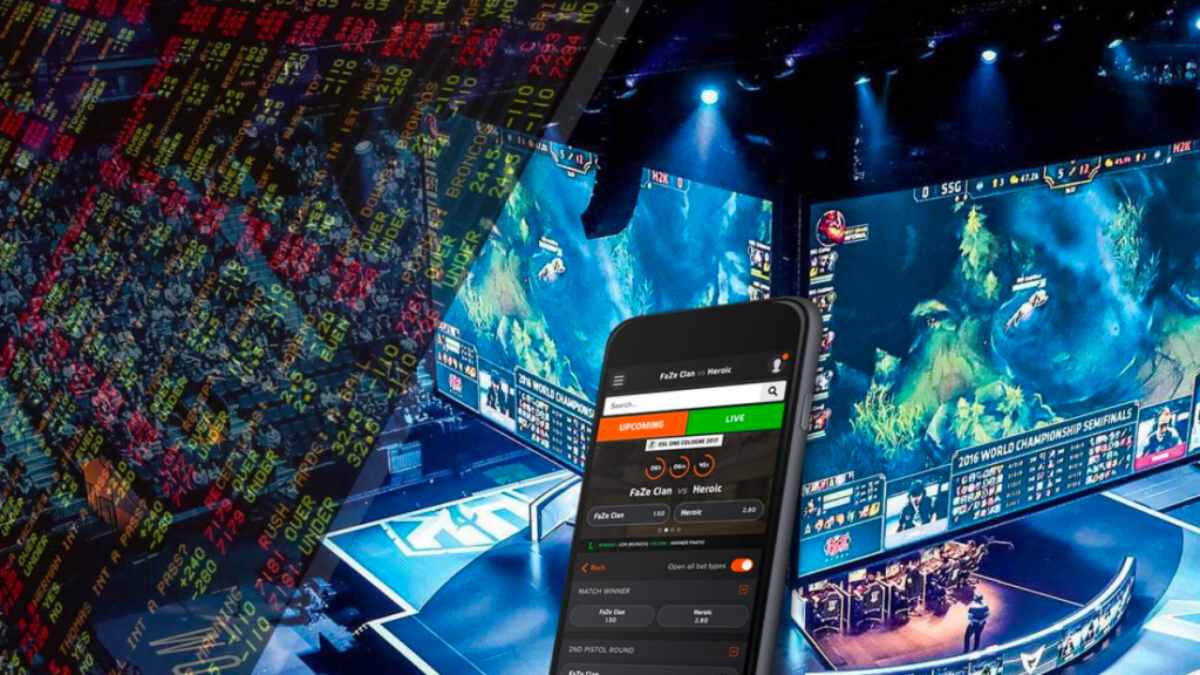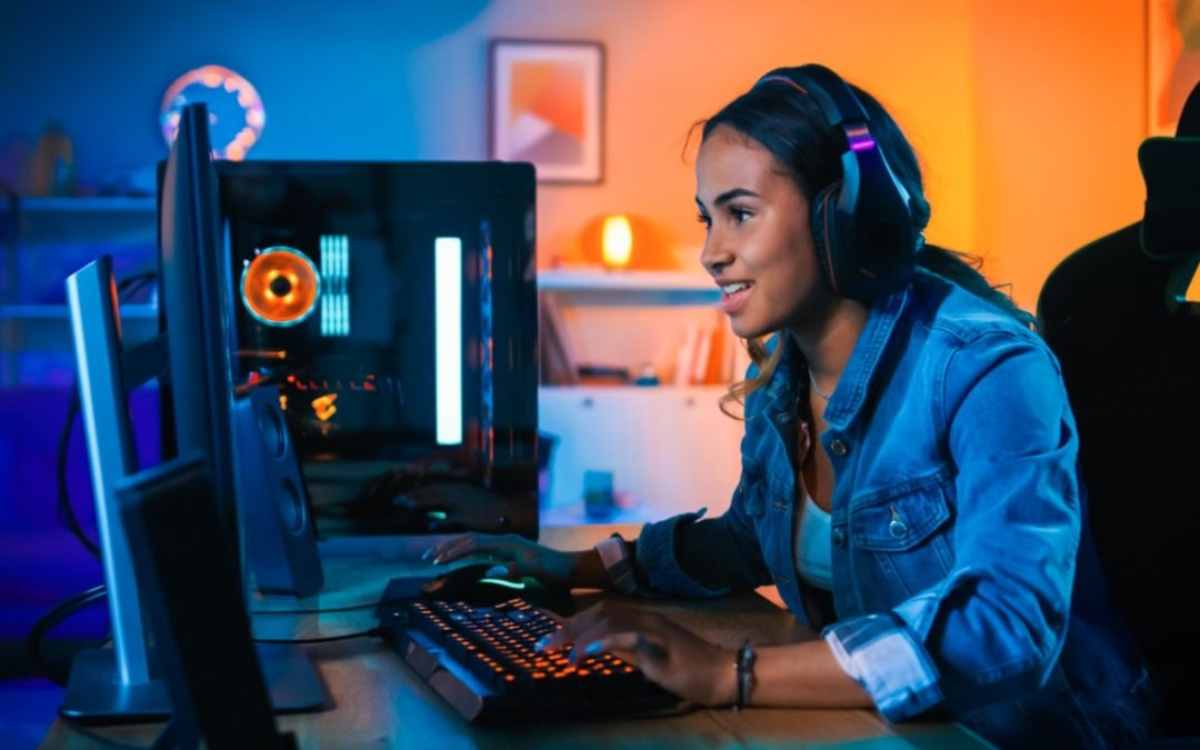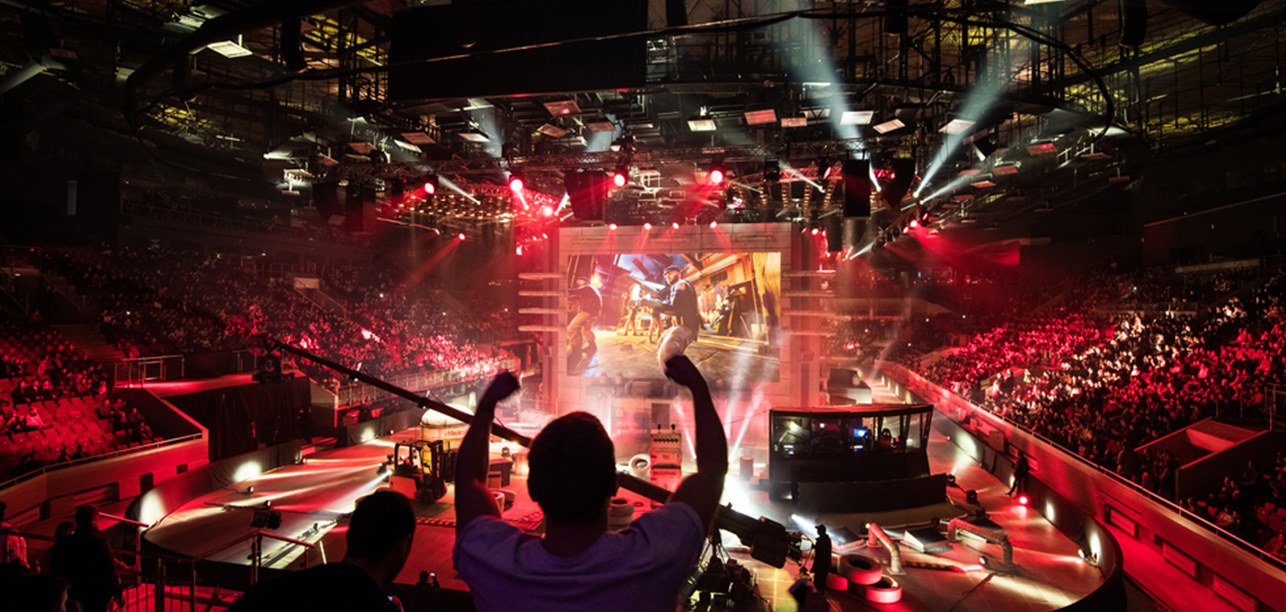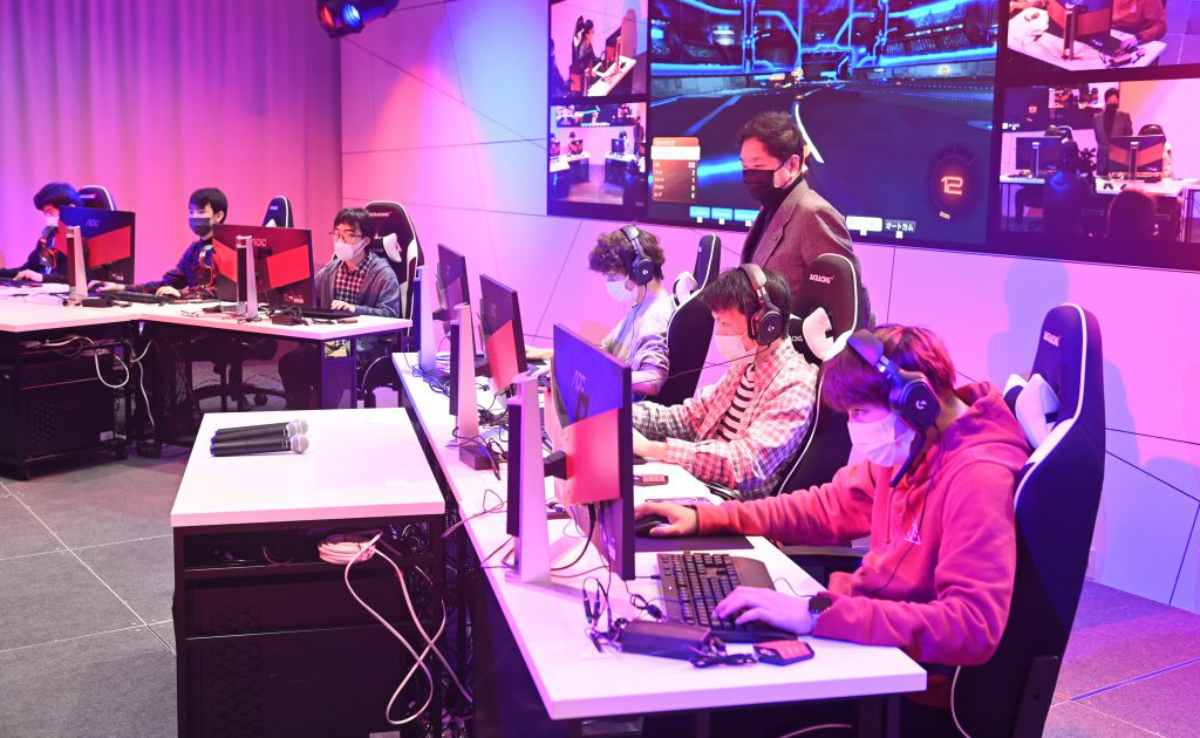
How to Train Like a Pro Gamer: Esports Training Tips
Esports has exploded onto the global stage, transforming from a niche hobby into a highly competitive profession. Professional players compete for prestige, sponsorships, and massive prize pools. With the industry booming, the competition has never been fiercer. Becoming a pro gamer requires more than just playing for hours; it demands structured training, mental resilience, and physical well-being.
This guide will walk you through the essential elements of a successful esports training plan. You’ll discover key techniques, debunk common myths, and gain expert insights to elevate your gameplay.
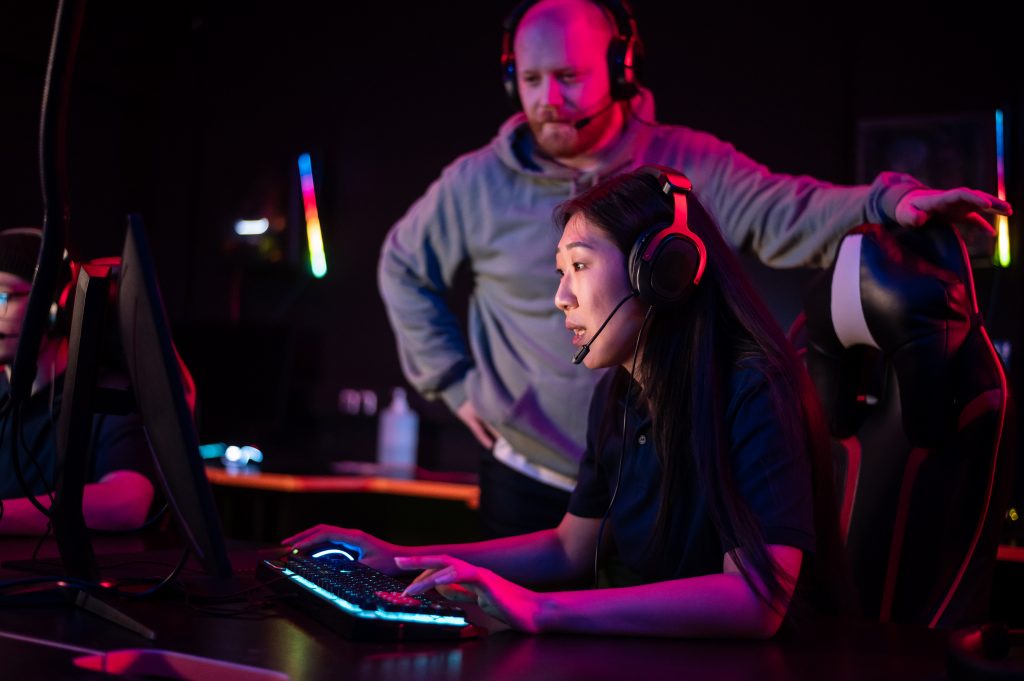
Quick Guide: How to Train Like a Pro Gamer
- Assess Your Current Skill Level: Start by recording your gameplay to identify areas for improvement. Analysing your performance metrics will help you target specific weaknesses.
- Set SMART Goals: Establish clear goals that are Specific, Measurable, Achievable, Relevant, and Time-bound. For example, aim to improve reaction time or achieve a higher in-game ranking.
- Develop a Balanced Training Routine: Your training should include a mix of gameplay practice, physical exercise, mental conditioning, and adequate rest to maintain peak performance.
- Incorporate Specialized Training Drills: Focus on aim training, strategy analysis, and teamwork drills to improve accuracy, decision-making, and synergy with teammates.
- Track Progress & Adjust Accordingly: Regularly monitor your performance, adjust your goals, and seek feedback from experienced players to refine your training plan.
Why Esports Training Matters
The Importance of a Structured Approach
Success in esports is not just about talent—it’s about training smart. A structured regimen provides several key benefits:
- Skill Enhancement: Focused training sharpens in-game mechanics, reaction speed, and decision-making skills.
- Mental Resilience: Competing at a high level requires the ability to stay calm under pressure and manage stress effectively.
- Physical Health: Fitness plays a crucial role in sustaining long gaming sessions, improving reflexes, and preventing injuries.
- Career Longevity: Like traditional sports, burnout is a risk in esports. A balanced training routine helps sustain peak performance over time.
- Competitive Edge: As esports grows more competitive, structured training sets elite players apart from casual gamers.
Real-World Example:
Lee “Faker” Sang-hyeok, one of the greatest League of Legends players, attributes his success to a disciplined training routine that includes gameplay, strategy reviews, physical workouts, and mental conditioning. His holistic approach underscores the importance of structured training.
Pro Tip: Consistency is key—focus on regular, structured practice sessions rather than long, irregular gaming marathons to avoid burnout and improve skills steadily.
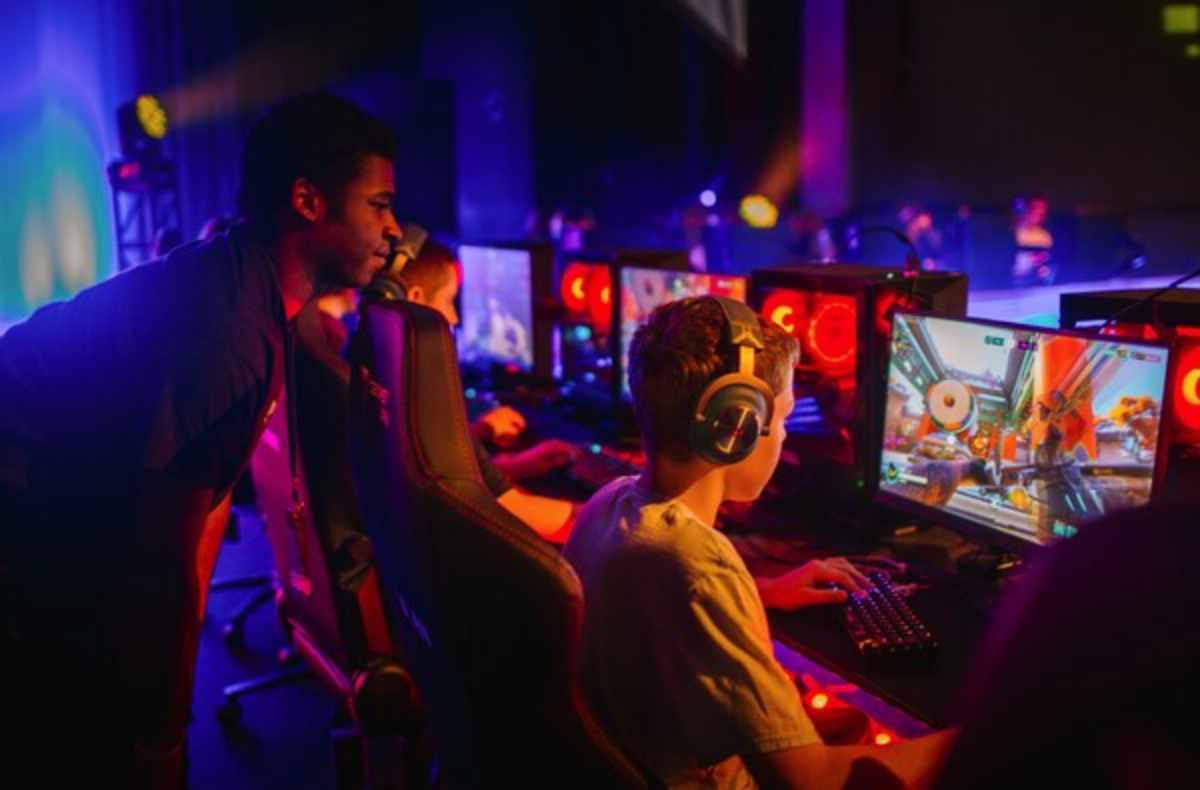
Step-by-Step Guide: Building an Effective Esports Training Plan
Step 1: Assess Your Current Skill Level
Before diving into training, evaluate your strengths and weaknesses. Record your gameplay, analyse performance metrics, and identify areas needing improvement.
Step 2: Set SMART Goals
Define Specific, Measurable, Achievable, Relevant, and Time-bound (SMART) goals. Examples include improving reaction time, mastering new strategies, or achieving a higher ranking.
Step 3: Develop a Balanced Training Routine
A professional esports training regimen should include:
- Gameplay Practice: Dedicated sessions focused on improving mechanics and game knowledge.
- Physical Exercise: Activities like cardio, strength training, and stretching enhance reflexes and endurance.
- Mental Conditioning: Mindfulness, meditation, and cognitive exercises improve concentration and resilience.
- Rest & Recovery: Scheduled breaks prevent burnout and allow for muscle and brain recovery.
Step 4: Incorporate Specialized Training Drills
- Aim Training: Use aim trainers to improve accuracy and reaction time.
- Strategy Sessions: Analyze professional matches and discuss tactics with teammates.
- Teamwork Drills: Practice communication and coordination for better synergy.
Step 5: Track Progress & Adjust Accordingly
Monitor your development through performance metrics and seek feedback from coaches or experienced players. Adapt your training plan as needed.
Expert Tips & Common Pitfalls to Avoid
Best Practices for Effective Training
- Stay Consistent: Regular training beats occasional marathon sessions.
- Seek Constructive Feedback: Learn from coaches, teammates, and pro players.
- Stay Updated: Follow game updates, patches, and meta shifts to stay competitive.
Common Mistakes to Watch Out For
- Overtraining: Excessive gaming can lead to burnout and physical strain. Balance is crucial.
- Ignoring Physical Health: Poor fitness can lead to injuries and hinder reaction speed.
- Focusing Solely on Gameplay: Success in esports includes physical and mental well-being, not just in-game skills.
Important: Never underestimate the importance of rest and recovery; balancing intense training with adequate downtime is essential to maintaining peak performance and avoiding fatigue.
Advanced Insights & Industry Trends
Lesser-Known Factors for Esports Success
- Nutrition Matters: A healthy diet enhances cognitive function, reaction speed, and endurance.
- Sleep is Crucial: High-quality sleep improves focus, memory, and performance.
- Leveraging Technology: Use analytics tools to analyse gameplay patterns and identify weaknesses.
Innovative Training Approaches
- Cross-Training with Different Games: Playing a variety of games sharpens transferable skills and keeps training engaging.
- Virtual Reality (VR) Training: VR simulations can enhance spatial awareness and reflexes in a unique way.
Frequently Asked Questions About Esports Training
How many hours should I train daily to become a pro gamer?
Professional players typically train between 4-10 hours a day. However, quality matters more than quantity. Structured practice with breaks is more effective than excessive grinding.
Do I need to be physically fit for esports?
Yes! Good physical health improves reaction time, endurance, and focus. Regular exercise and proper posture prevent injuries.
How do I avoid burnout while training?
A: Balance gaming with exercise, social activities, and rest. Take regular breaks and listen to your body to maintain long-term performance.
What are the best exercises for gamers?
Cardio (for endurance), strength training (for posture), and hand-eye coordination drills (like reaction training) help improve gaming performance.
Can I go pro without a team?
While solo players can get noticed, joining a team enhances synergy, communication, and exposure to professional opportunities.
How important is coaching in esports?
A coach provides strategic insights, feedback, and mental preparation, accelerating your growth as a competitive player.
How do I start competing in esports tournaments?
Start with online tournaments and local events, then progress to larger competitions as you build experience and rankings.
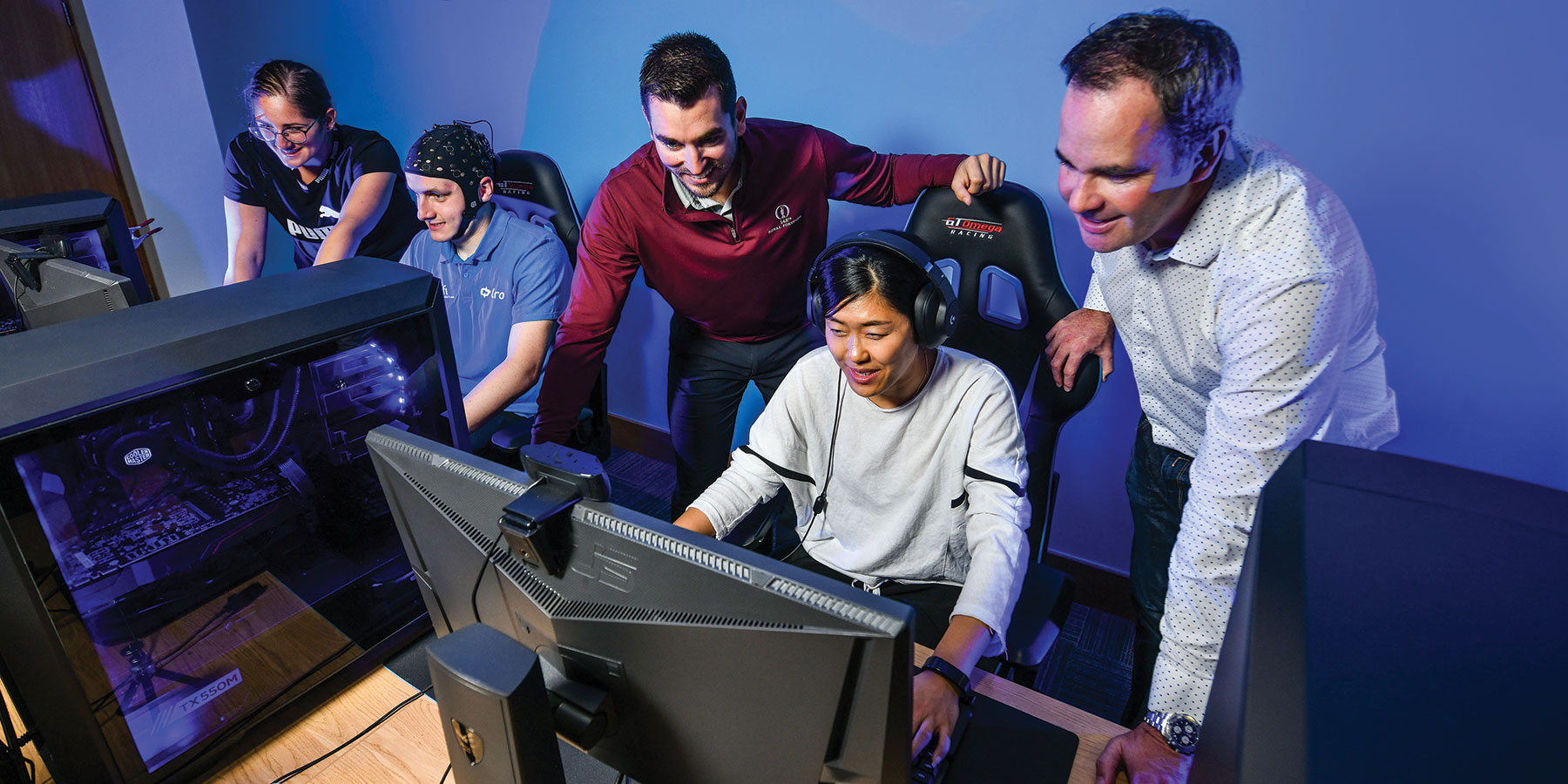
Pro Gamer Mindset: Long-Term Commitment
Becoming a professional gamer requires dedication, resilience, and a willingness to learn. This training guide provides the foundation, but remember—the journey is a marathon, not a sprint. Seek out esports communities, find mentors, and push your limits. If you’re serious about reaching the top, start today and embrace the challenges ahead!
